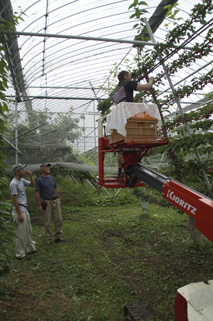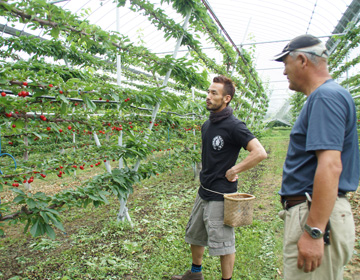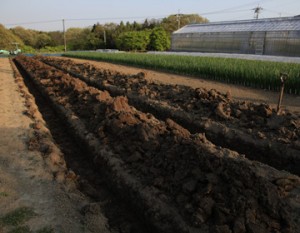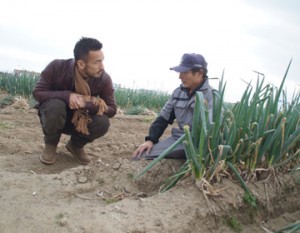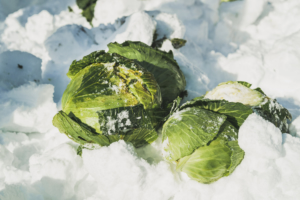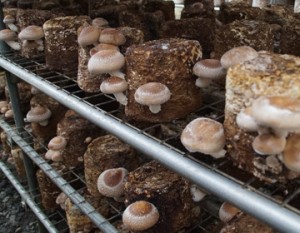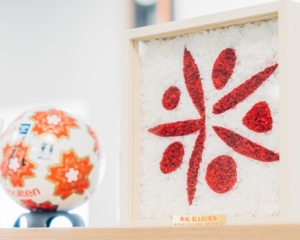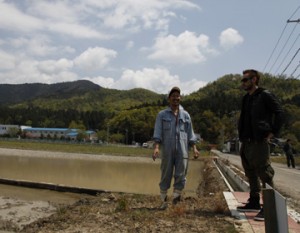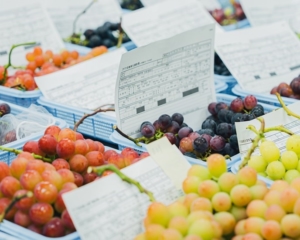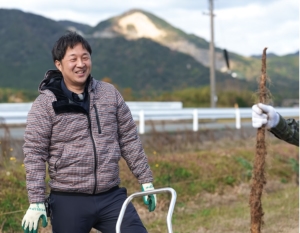From “Midagunasu” to the queen of fruits
It also took more effort to grow in comparison to native varieties which added to the farmer’s discontent. However, as the mainstream of fruit consumption changed from canned to fresh fruit, their deliciousness came to be known,
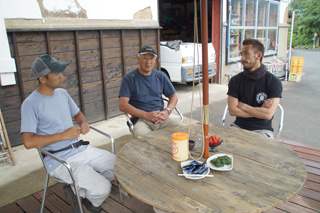
Dairy farming enriched the soil
Yamagata Prefecture has the highest production of the La France pear in Japan. In fact, 80% of La France is produced in Yamagata Prefecture. We visited Kuroda Kajuen, known as one of the producers of the best La France pears, and the winner of the highest award in the “La France Tasting Contest” held by JA Yamagata (Japan Agricultural Cooperative, Yamagata). We interviewed Minoru Kuroda and his son Jun. They started their orchard in Minoru-san’s generation, before which his parents ran a dairy farm. The current orchard was built on the dairy farm grounds.
“The soil is very fertile because cows used to live here.” explained Kuroda. He still emphasizes soil making and periodically inspects the soil. Eighty percent of the fertilizer is organic, and no herbicide is used, so diverse microbes live in the soil. La France is a difficult fruit to grow, and its harvest tends to depend largely on the climate. That is the reason that fewer farmers in native France and Europe grow this brand nowadays. Also, it’s slow growth speed from blossoming to fruiting make it susceptible to typhoon damage. So it takes extra care to grow them. Kuroda Kajuen adopts a rare cultivation method called flat-shelf bagless cultivation.
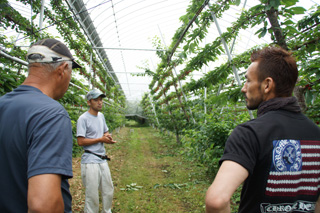
Born in Yamagata, Benishuho
In addition to La France, grapes and cherries are also grown at Kuroda Kajuen.
When we visited, it was the cherry season. Benishuho cherries were awaiting harvest on the trees. Satonishiki is probably the most famous variety, but Benishuho provides a more stable harvest, he explained. And there is a difference in taste. Benishuho’s sugar content is definitely higher. Satonishiki is more tart, so one can eat more Satonishiki at one time. “It’s like the difference between Kosui and Hosui pears. Depending on the breed, the harvest season and taste are different, and you can enjoy the characteristics of each breed. He also spoke on how freshness affects the taste of cherries.
“Nowadays thanks to overnight courier services, you can eat what was harvested the very next day. The taste is very different. Freshness matters so much. Here, this was picked this morning. It’s crispy and really good.” He said as he handed a cherry to Nakata.
We took a bite of that crispy cherry and were impressed with the taste of Benishuho. At Kuroda Kajuen, cherries are grown by a special method called “Kakine Shitate”. All trees are pruned to the same shape, so the sunlight reaches the very bottom branch uniformly. That’s the secret to growing large red Benishuho cherries with consistent taste.
